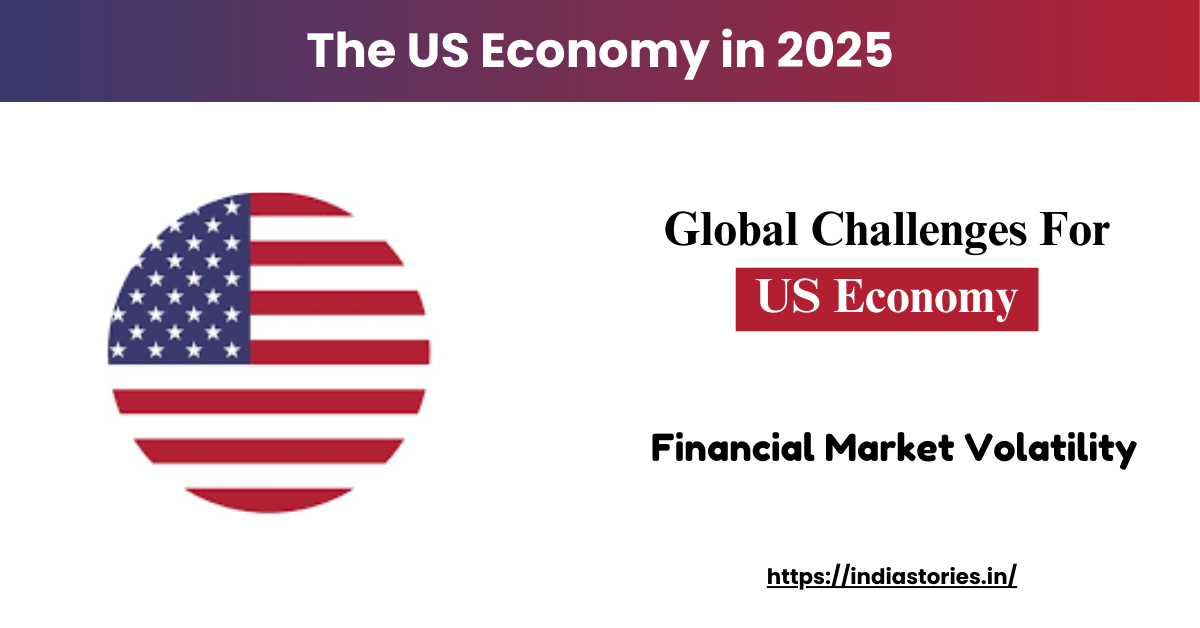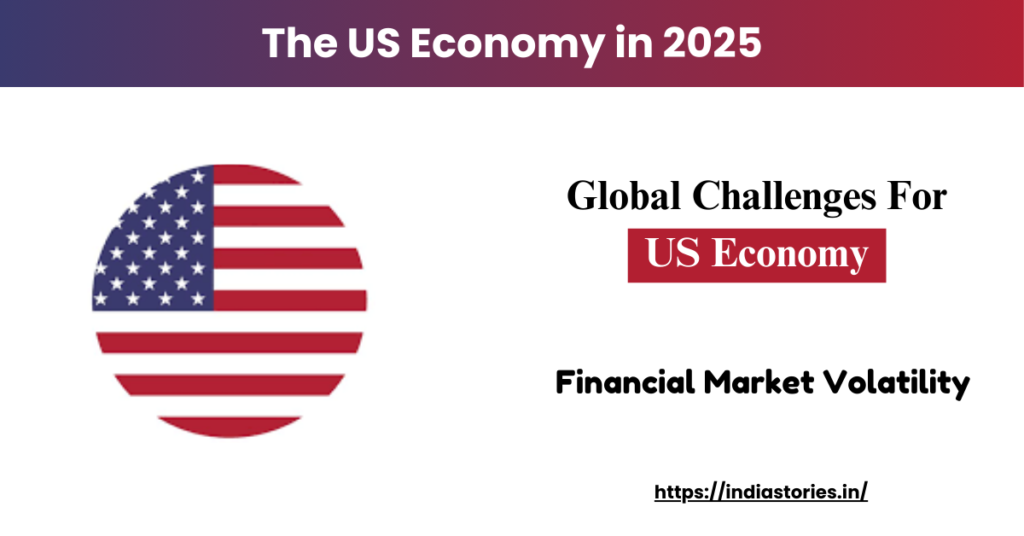The US Economy in 2025: Reasons for Optimism Amid Global Challenges

As we step into 2025, the world faces a myriad of challenges, yet The US economy remains a beacon of resilience. Despite concerns about inflation, interest rates, and external risks, America’s economic momentum has defied expectations. Here’s why there are solid reasons to feel optimistic about the year ahead.
Discover whyThe US economy remains resilient in 2025. Learn about lower gas prices, real wage growth, easing interest rates, and pro-business policies driving optimism.
A Strong Recovery Defies Recession Fears
Contrary to earlier predictions of a looming recession, The US economy has shown remarkable strength. The Federal Reserve’s aggressive fight against inflation slowed growth but didn’t stall it. While job hiring has moderated, layoffs remain historically low, and the unemployment rate is steady. Experts like David Kelly, Chief Global Strategist at JPMorgan Asset Management, emphasize that the economy is moving forward without internal shocks. External risks, such as potential trade wars, do exist but have yet to materialize.
Lower Gas Prices Boost Consumer Confidence
Energy prices, often a precursor to economic slowdowns, are under control. After the gas price surge in 2022, the market has stabilized, with oil prices remaining lower than expected. The United States continues to lead Global oil production, contributing to an average gas price forecast of $3.22 per gallon for 2025. This sustained drop in gas prices bolsters consumer spending and helps keep inflation in check.
Wages Outpace Inflation
While Americans continue to grapple with higher costs of living post-pandemic, wages are finally outpacing price increases. Real wage growth gives households more spending power, helping them adjust to elevated price levels. Federal Reserve Chair Jerome Powell has emphasized that sustained wage growth coupled with controlled inflation is key to restoring consumer confidence and economic stability.
Interest Rates Begin to Ease
After years of rising interest rates to combat inflation, the Federal Reserve has started to lower rates gradually. This shift is expected to reduce borrowing costs for businesses and consumers alike, offering relief for sectors like housing and small businesses. Although uncertainties about further rate cuts remain, the trend signals a more favorable borrowing environment in 2025.
Pro-Business Policies Underway
The incoming Trump administration has prioritized economic growth through tax reforms and reduced regulations. Initiatives like creating a Department of Government Efficiency, led by Elon Musk, aim to cut wasteful spending and simplify business processes. Experts like Glenn Hubbard, former Dean of Columbia Business School, highlight the potential productivity gains from streamlining financial regulations and accelerating construction permits.

Risks to Watch in 2025
Despite the optimistic outlook, certain risks could pose challenges:
- Trade Tensions: Proposed tariffs could hurt economic growth and drive up costs if enacted. Retaliatory tariffs may further strain global trade.
- Labor Shortages: Policies around mass deportations could disrupt industries relying on immigrant labor, driving up wages and prices.
- Financial Market Volatility: The stock market’s reliance on a handful of high-performing tech companies raises concerns about a potential correction.
- Unpredictable Wild Cards: From cyberattacks to natural disasters, unforeseen events could disrupt the economy.
A Resilient Economy Faces the Future
The US economy’s ability to adapt and grow amidst challenges demonstrates its resilience. While risks remain, the foundation for steady growth in 2025 appears strong. As experts remind us, it’s the unexpected challenges that often define the course of an economy — and the US continues to show it’s well-equipped to navigate uncertainty.
Benefits of a Strong US Economy
The US economy’s growth and stability bring significant advantages that impact individuals, businesses, and the global market. Here are some key benefits of a strong US economy:
1. Increased Employment Opportunities
A thriving economy creates jobs across industries, reducing unemployment rates. Businesses expand during periods of economic growth, offering more positions and better job security for workers.
2. Higher Wages and Disposable Income
Economic stability often leads to wage growth, giving individuals more purchasing power. With increased disposable income, consumers can invest in better lifestyles, education, and savings, further boosting overall economic activity.
3. Stronger Consumer Confidence
When the economy is strong, people feel more confident about spending money. This confidence drives demand for goods and services, fueling business growth and innovation.
4. Improved Infrastructure and Public Services
Economic growth leads to higher tax revenues, enabling governments to invest in infrastructure, healthcare, education, and public services. This enhances the quality of life for citizens and attracts foreign investments.
5. Global Leadership and Economic Influence
A robust US economy strengthens its position as a global economic leader. It helps drive international trade, attract foreign investments, and set global financial trends, benefiting American businesses operating worldwide.






